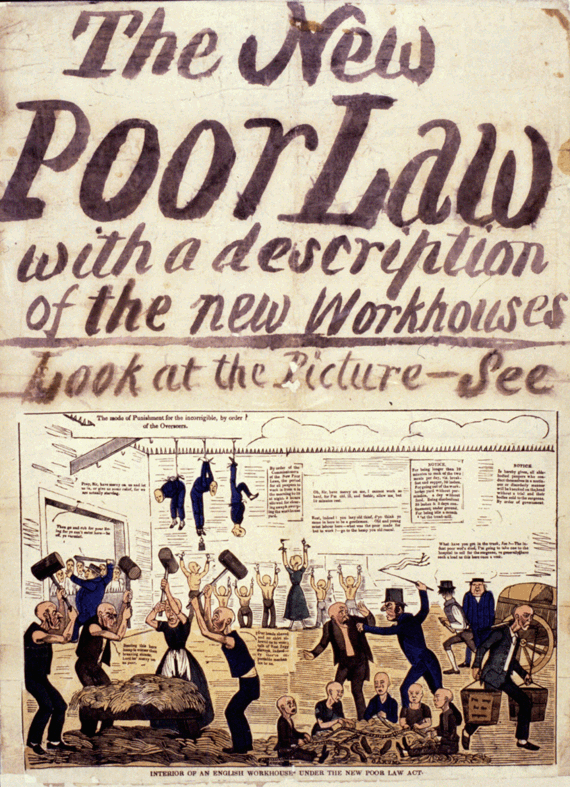Integrating content on Asian and Asian American Studies in the context of Social Welfare Policy and Practice
Kushmand Rajendran, Social Science, Human Services & Criminal Justice Department, Borough of Manhattan Community College, CUNY
I teach Human Services 101, a course in which students learn about social problems and methods for working with individuals, groups and communities. This class aims to help students better understand the historical background in which the U.S. social welfare system developed and explores the impact of poverty, inequality and stereotyping in various settings for social work. Using content on Asian American studies provided an excellent opportunity to illustrate the social, historical and contemporary context of poverty, discrimination and perceptions of immigration on social welfare policy and practice.
The social welfare system in the U.S. has been influenced by the English Poor laws which divided people into ‘deserving’ and ‘undeserving’ poor. Traditionally, those who are perceived as deserving of help have been older, long-time residents of a geographical area who have contributed to society, along with those who are unable to work due to a temporary disability. The system was designed to exclude those who were thought to be choosing not to work and those who had newly migrated to an area – a precursor to contemporary residency requirements which determine eligibility for most welfare programs. Readings on Asian American studies provided a great opportunity to illustrate the ‘spacialized’, racialized, criminalized and ‘other-ized’ nature of poverty. As illustrated in Dr. Eric Tang’s book, ‘Unsettled. Cambodian Refugees in the New York city Hyperghetto‘, poverty is more likely to exist in certain spaces which are systematically deprived of resources; spaces towards which more recent immigrants tend to be shunted and then isolated. Poverty is also criminalized and ‘other-ized’ with the portrayal of immigrants as those who illegally abuse public benefits while there is not enough to go around among ‘law-abiding’ citizens. Readings and discussions of Dr. Tang’s book provided the often untold narratives of immigrants and Asian Americans and helped students understand the problems with a welfare system that forces immigrants towards low wage jobs while failing to address their needs or acknowledge their contributions. Themes for discussion that emerged using this book included stereotyping of Asian Americans, the value of youth organizing and the problems with lack of youth engagement, behavioral change using social welfare policy: the carrot and stick approach and its limitations, the lack of mental health treatment especially for oppressed sections of society, alliances between immigrant and minority groups, the desensitization of social workers to the needs of their clients, and value of cultural competence. Students could connect with these themes and in future semesters I hope to devote more time to fully explore these topics.
A number of other class activities emerged from the discussions and readings during the workshop on Building Asian American studies across the curriculum. I conducted a writing exercise which involved students visualizing what social welfare should look like in an ideal society. This helped discuss the role of equality, diversity and systems of care for less privileged sections of society. Another writing exercise on whether poverty is a result of individual failing or a result of systemic failure and discrimination promoted a great deal of reflection and discussion on the role of personal versus societal responsibility in determining people’s well-being. Using a quantitative approach to illustrate contentious research on immigrants and their use of public welfare helped tear down some myths: such as that about immigrants draining public welfare benefits from the more ‘deserving’ native born households; and the myth that those who get public welfare tend to splurge money on wasteful expenditures. In addition, discussion, videos and role plays on assimilation, integration and culturally competent practice were helpful in integrating students’ knowledge into their future practice. Using the video on ‘A class divided‘ we discussed the impact of discrimination and stereotyping of different ethnic groups on their sense of self. A handout on how to deal with the consequences of discrimination was also helpful to a number of students who shared their experiences with discrimination. These exercises and readings made my classes more relevant to the lives of students and constituted the first steps towards integrating Asian American studies into human services classes.








